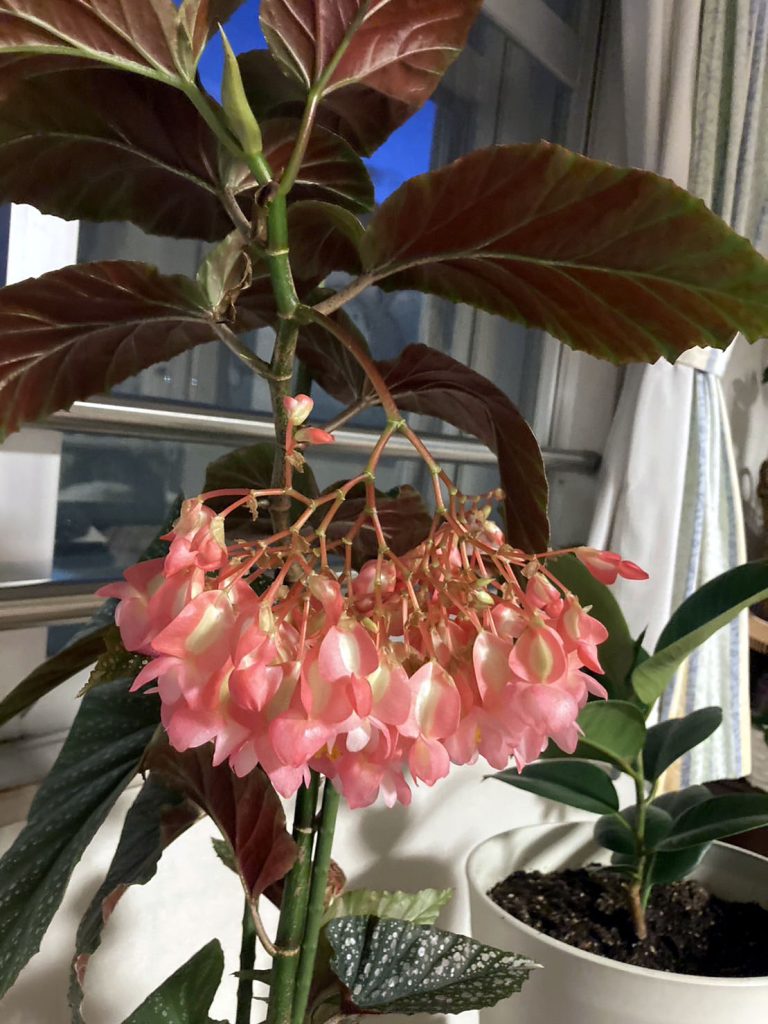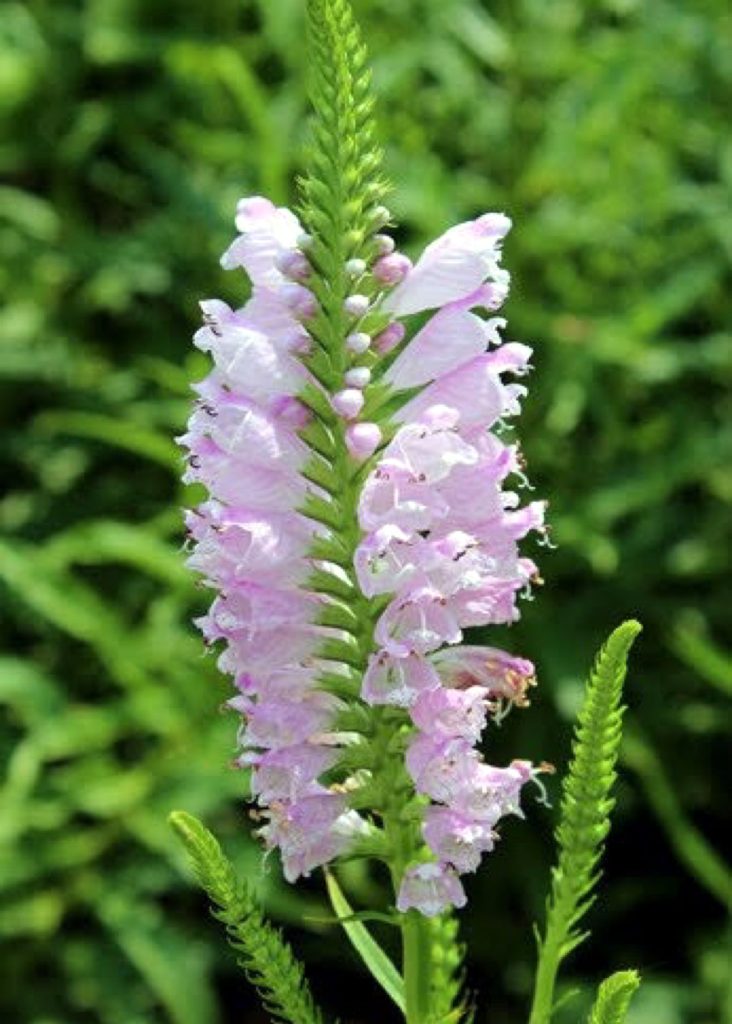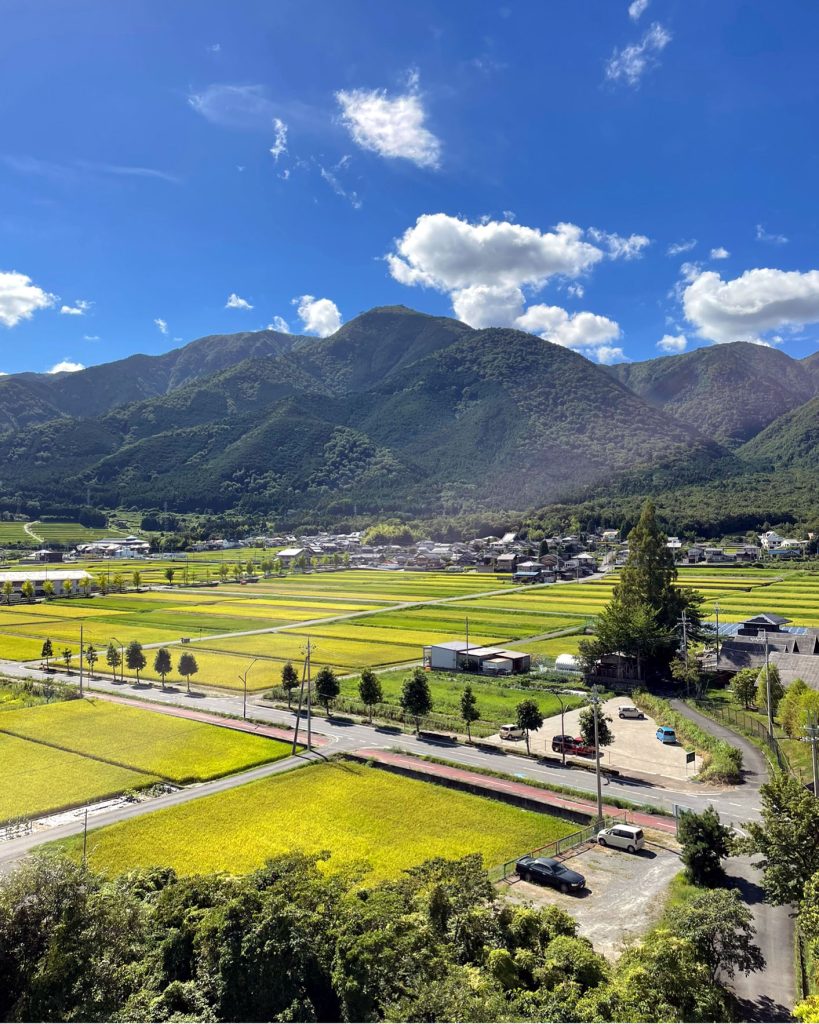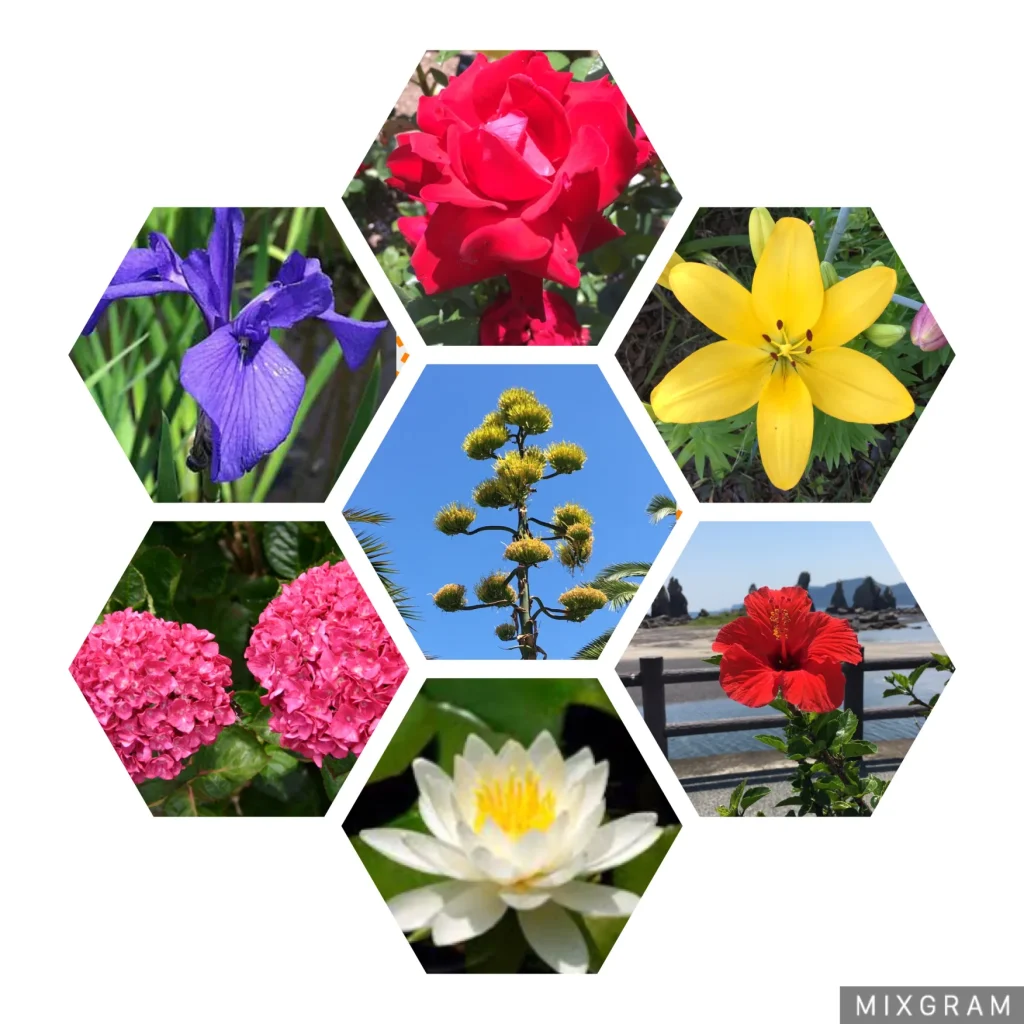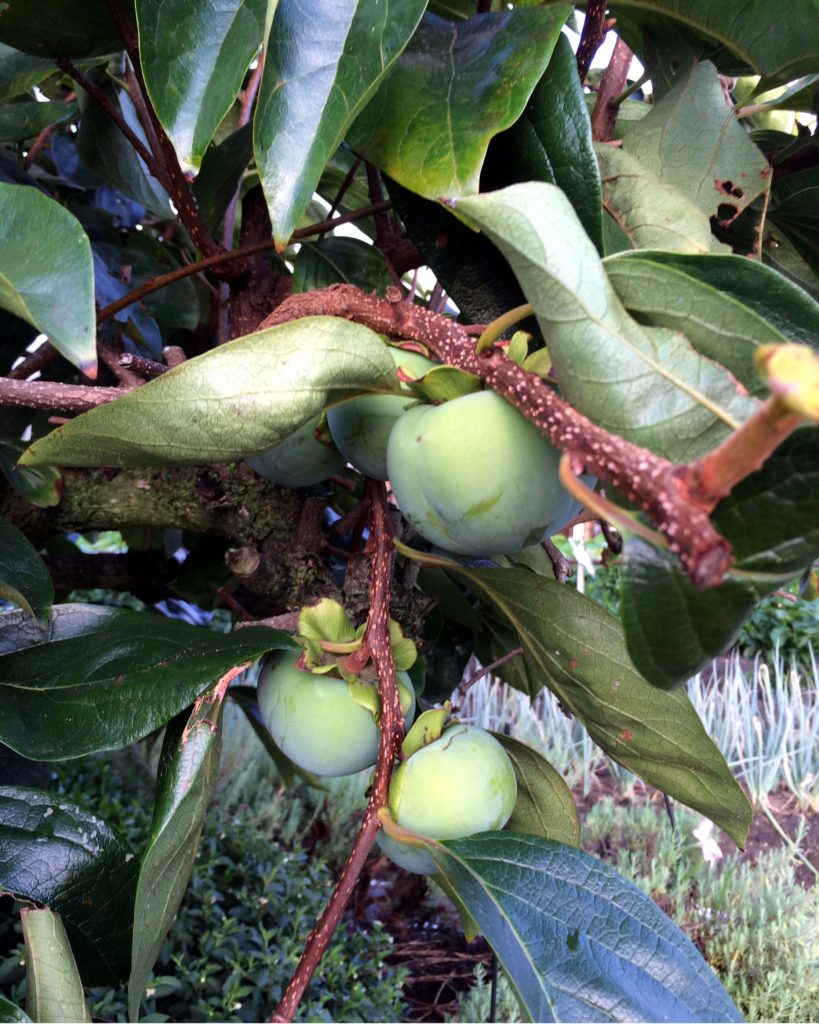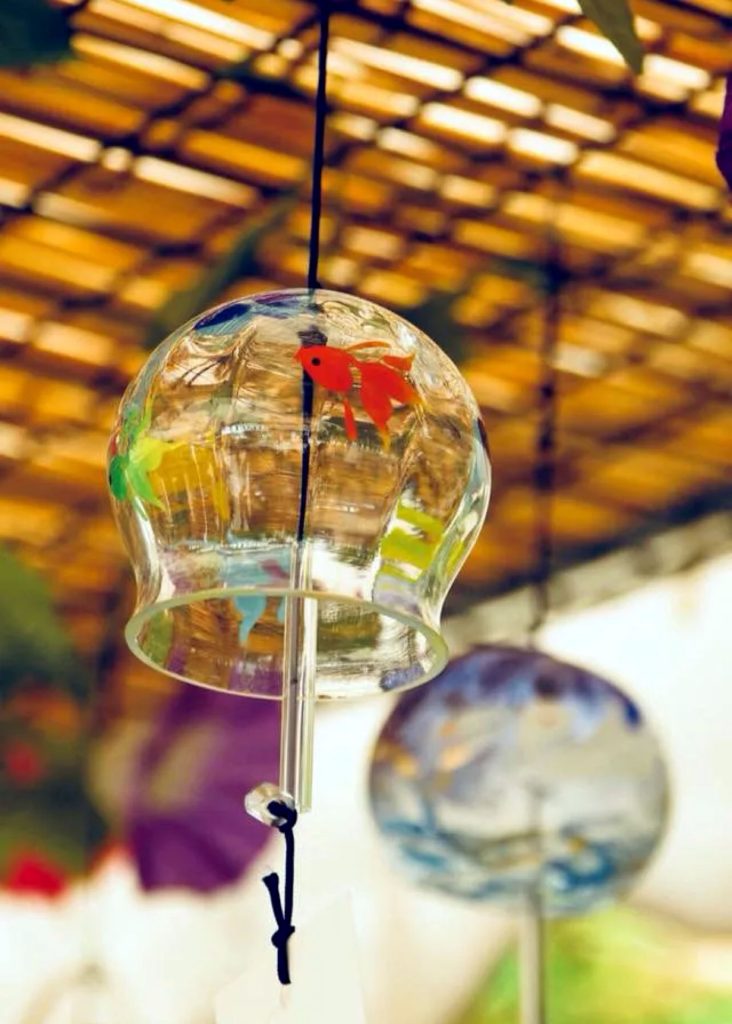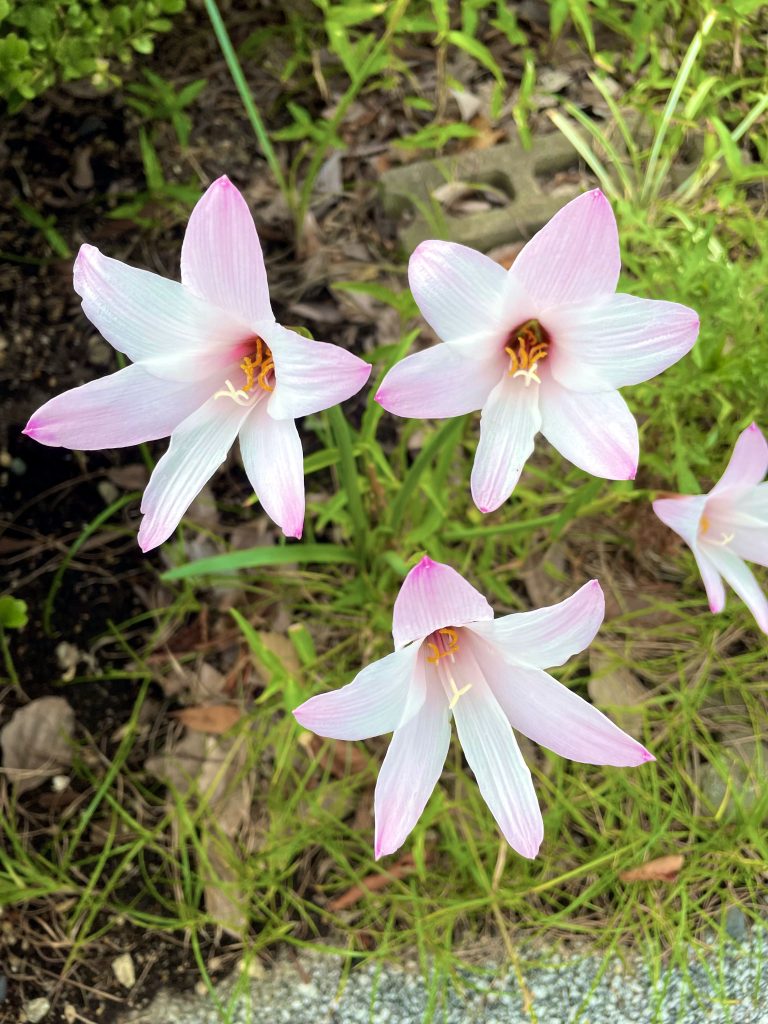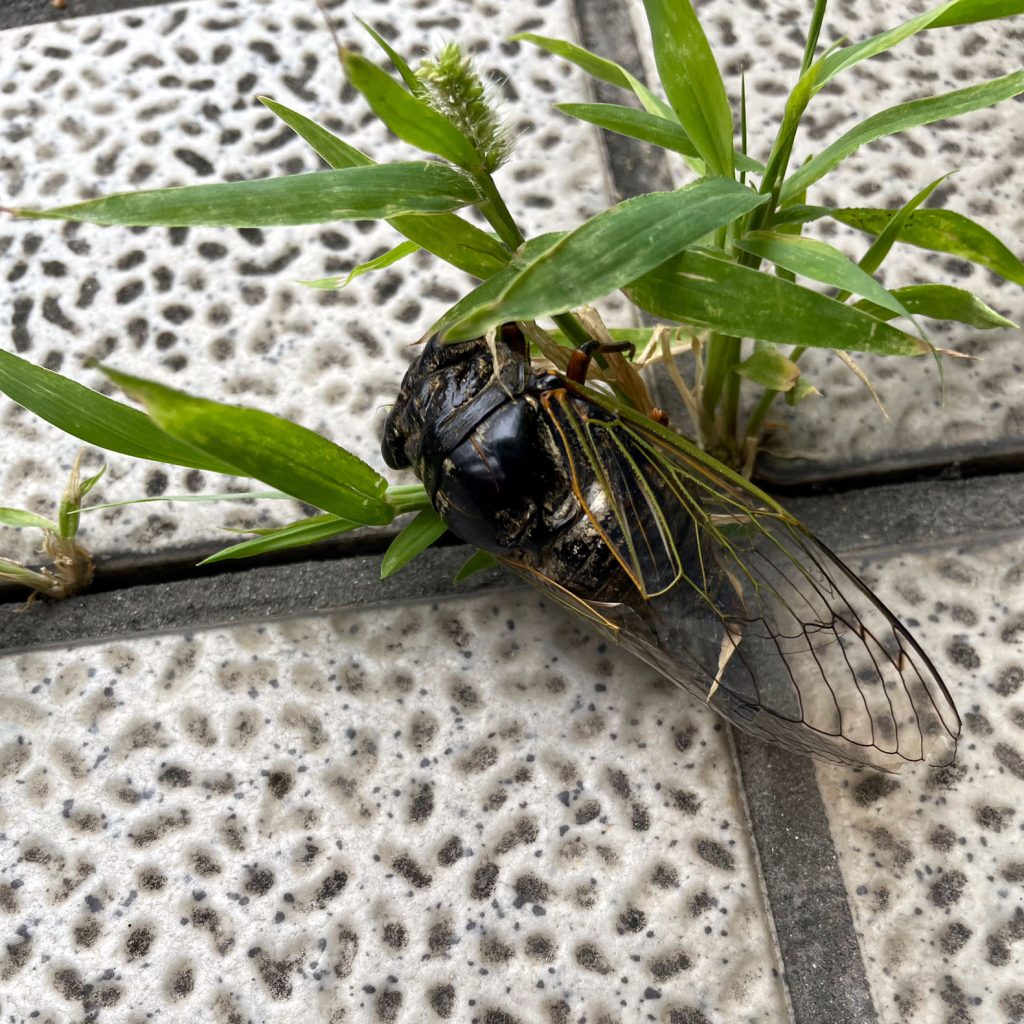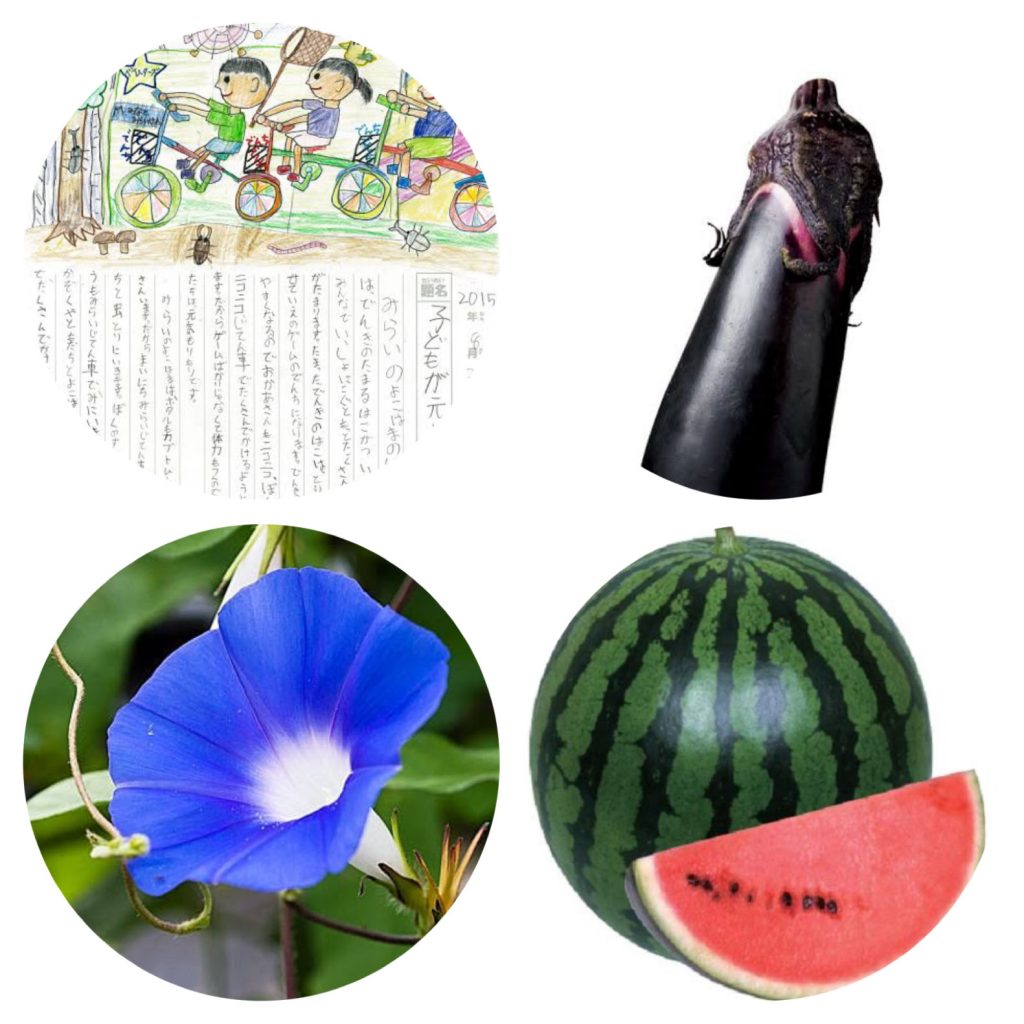
Until recently, I had been thinking that summer vacation would last until August 31st. However, it seems things have changed. Just looking at the Kansai region, Shiga and Hyogo prefectures go until the 31st, while Osaka, Kyoto, and Wakayama prefectures end on the 24th. The reason I’m mentioning this is because I heard that my granddaughter in Tokyo, who is at her mother’s hometown in Hokkaido, is almost starting school. When I asked if she had finished her homework since school is about to start, I was surprised to learn that school had already begun. Furthermore, she said she had finished her homework on July 21st and 22nd, right after summer vacation started, which surprised me again. As for me, I used to struggle with my homework around this time of summer vacation because I played too much.
I found out that recently there’s a trend of shortening the summer vacation. They say it’s because the curriculum has expanded and weekends have become days off, which caused a shortage of school days. You know how people have always said, ‘Play a lot and learn a lot.’ While studying at school is important, there’s also a lot to learn from play. In the long run, I sometimes feel that prioritizing play over school studies might be a good thing.
夏休みは8月31日までとばかり思っていたら、最近は違うんですね。関西圏だけを見ても、滋賀県と兵庫県が31日まで、大阪府、京都府と和歌山県は24日までなんですね。と言うのも、東京の孫娘が、母方の実家がある北海道に行っていると聞いたので、もうすぐ学校が始まるけど宿題は終えたのと聞いたら、学校はもう始まっていると言うんで気付いたんです。しかも、宿題は、夏休みの始まった7月21日と22日に片付けた言うから、二度びっくり。僕なんか、夏休みは遊び過ぎて、夏休みの今頃は宿題を片付けるのに四苦八苦していましたよ。
調べてみたら、最近は夏休みが短縮される傾向にあるんですって。学習内容が増えたし、土日が休みになったので、授業日数が足りなくなったのも大きな理由だそうです。昔からよく言うじゃないですか、「よく遊びよく学べ」って。学校で学ぶ勉強も大切ですが、遊びことから学ぶ事も沢山ある。学校の勉強を削って遊びに回す事の方が、長い目でみたら、いい様な気もするんですがね。

